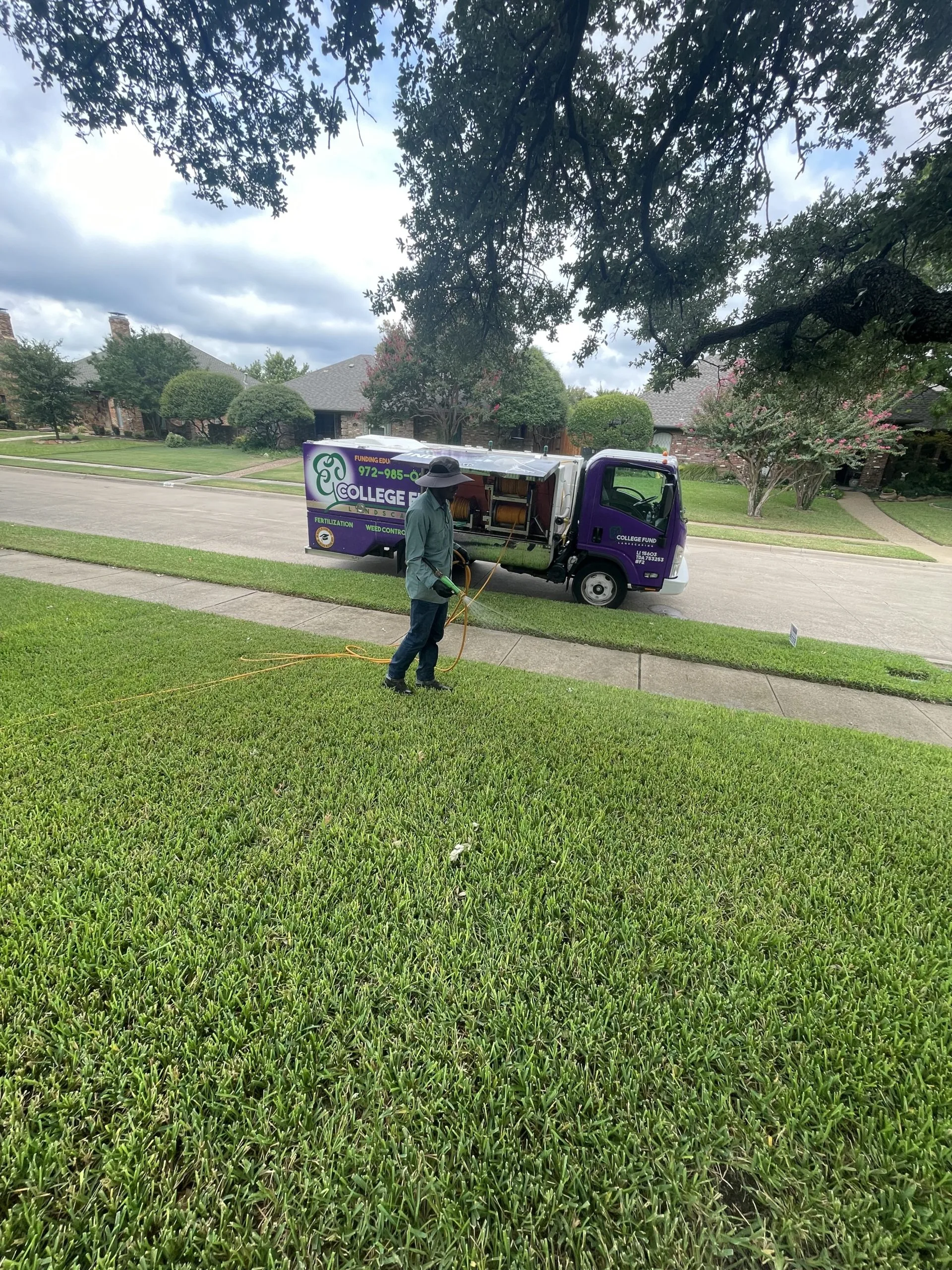If there’s one thing that weeds are, it’s tenacious. They seemingly thrive without any care, are heartier than wanted plants, and their rebellious nature means that attempts to eradicate them can often switch them into overdrive.
We’ve seen it all – including crabgrass growing out of pavement down the middle of a highway.
Don’t lose hope because it’s not completely a lost cause. Herbicides are one of the most effective ways to treat these pesky invaders. But over time, weeds can develop resistance to herbicides, which is why it’s important to take a proactive, conscious approach to herbicide use.
We’ll explain how that looks in this article.
Herbicides: Know These 3 Modes of Action
Herbicides work through modes of action, and there are plenty of them. But, we want to distill this down into just these three broad classes:
- Root growth
- Seed germination through cell membrane disruption
- Photosynthesis inhibitors
While we try to avoid plant and scientific jargon, these terms are useful and we’ll explain.
All herbicide interactions with the plant, from application to the final effect, are considered the mode of action. The mode of action involves absorption into the plant, translocation (or movement) in the plant, metabolism of the herbicide, and the physiological plant response.
One of the most successful ways to treat herbicide resistance is by mixing herbicides of different modes of action. This helps cover the resistance certain weeds have developed to specific inhibitors. Mixing products gives weeds a one-two punch (or even more), that weakens the plant itself, leading to a higher probability of success.
When in doubt, you can normally find the information regarding each product’s mode of action on the front of the herbicide label, usually listed as a numbered group.

Proactive Use of Herbicides
Conscious lawn care contractors also do their part to slow weed resistance to herbicides. This phenomenon is well known, and there are proactive steps that can be taken.
CFL has long maintained this approach, even before it became more widely accepted in the industry:
1. We rotate herbicide with different modes of action as much as possible so that weeds don’t acclimate to the herbicides and become resistant.
2. We maintain accurate record-keeping, which allows us to review what herbicides have been used on your property and lets us know when it’s time to rotate in a new mix or add something new.
3. We practice Integrated Pest Management (IPM), which means that we use environmentally and economically sustainable models for weed treatments.
Indicators that Your Lawn has Weed Resistance Issues
Visual inspection is an easy way to observe if the weeds on your property have developed herbicide resistance. One significant red flag is irregularly shaped patches of a single weed species. This is particularly true if:
• You cannot observe any other apparent and obvious application problems.
• No other issues appear with other weed species.
• The weed species appears to be healthy, even thriving, after herbicide treatment.
• Previous attempts to control the particular species, using the same herbicide or herbicides with the same site of action/mode of action, have failed or performed poorly.
• The site has experienced repeated use of a single herbicide or herbicides with the same site of action/mode of action.
Your Ticket to a Weed-Free Lawn
Herbicide resistance does happen, but our continued approach is to address this problem through effective herbicide and weed management. This philosophy means that when it does occur, it’s addressed as efficiently as possible.
We also perform soil testing to ensure that the products we use are best for the composition and pH of your particular residence.
You can check out more about lawns in Texas here or contact us for a detailed quote on your lawn!


Comments (0)
Thanks for your comment!
Thanks for your feedback! Your comments have been successfully submitted! Please note, all comments require admin approval prior to display.
Error submitting comment!
There is a problem with your comment, please see below and try again.